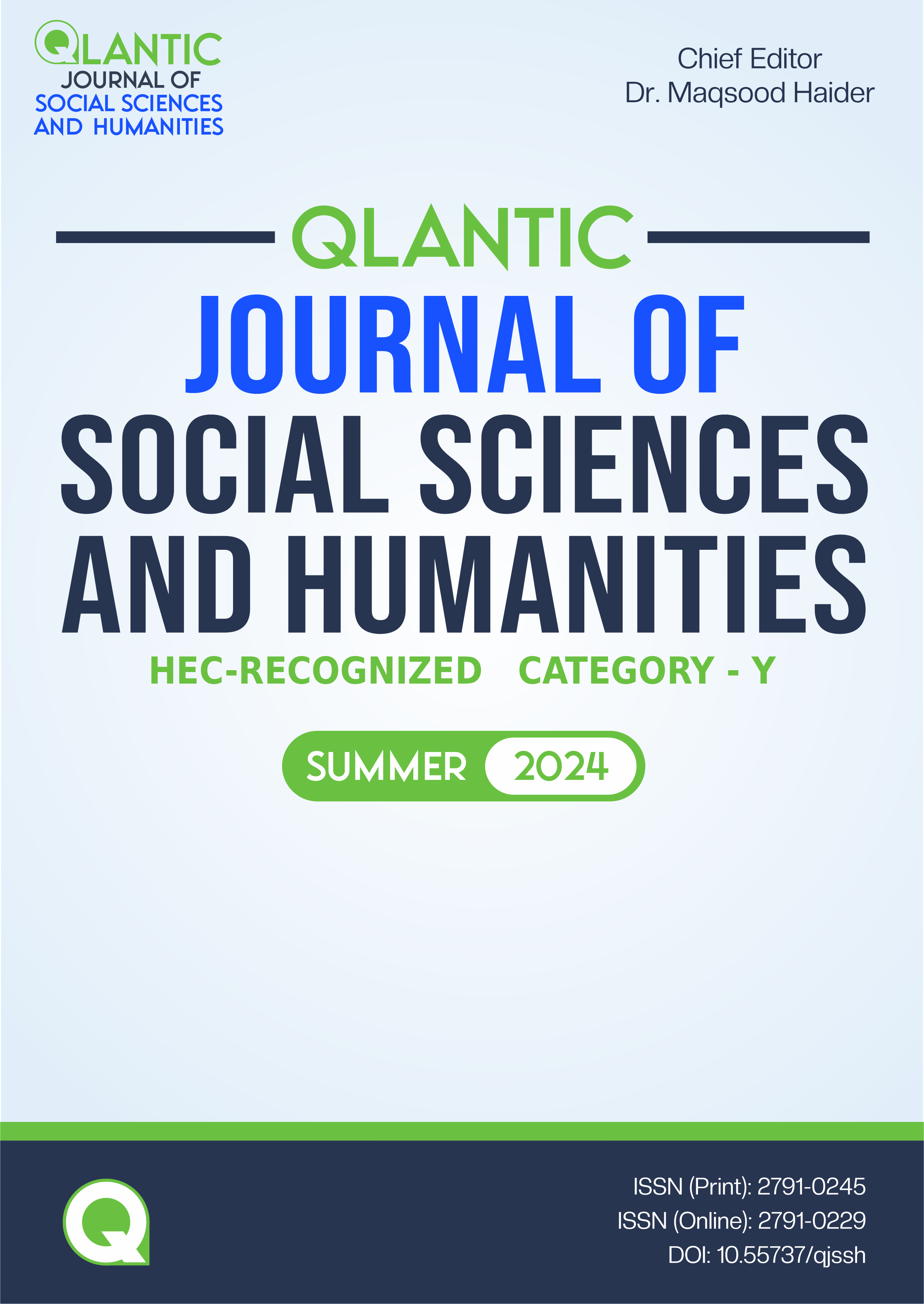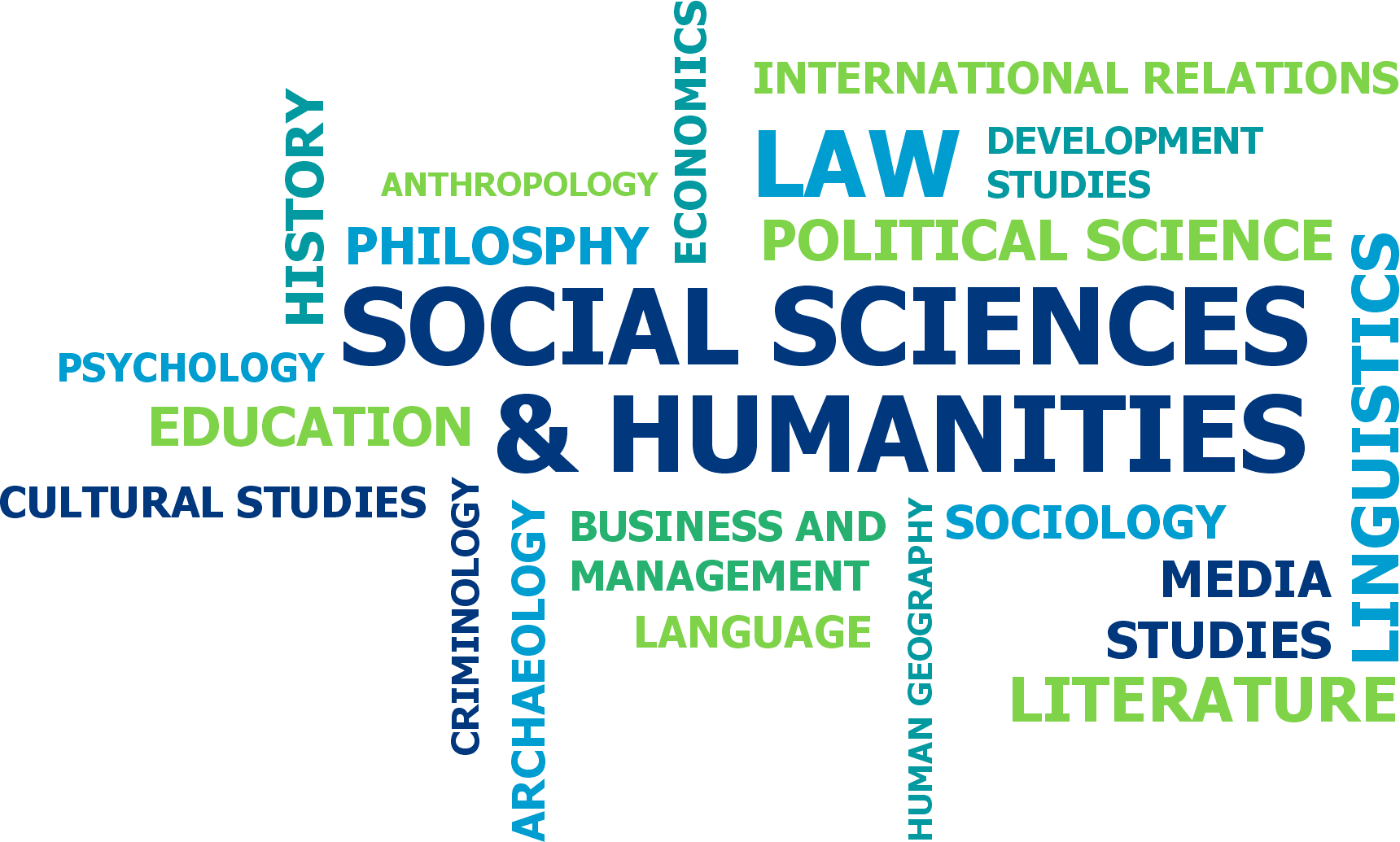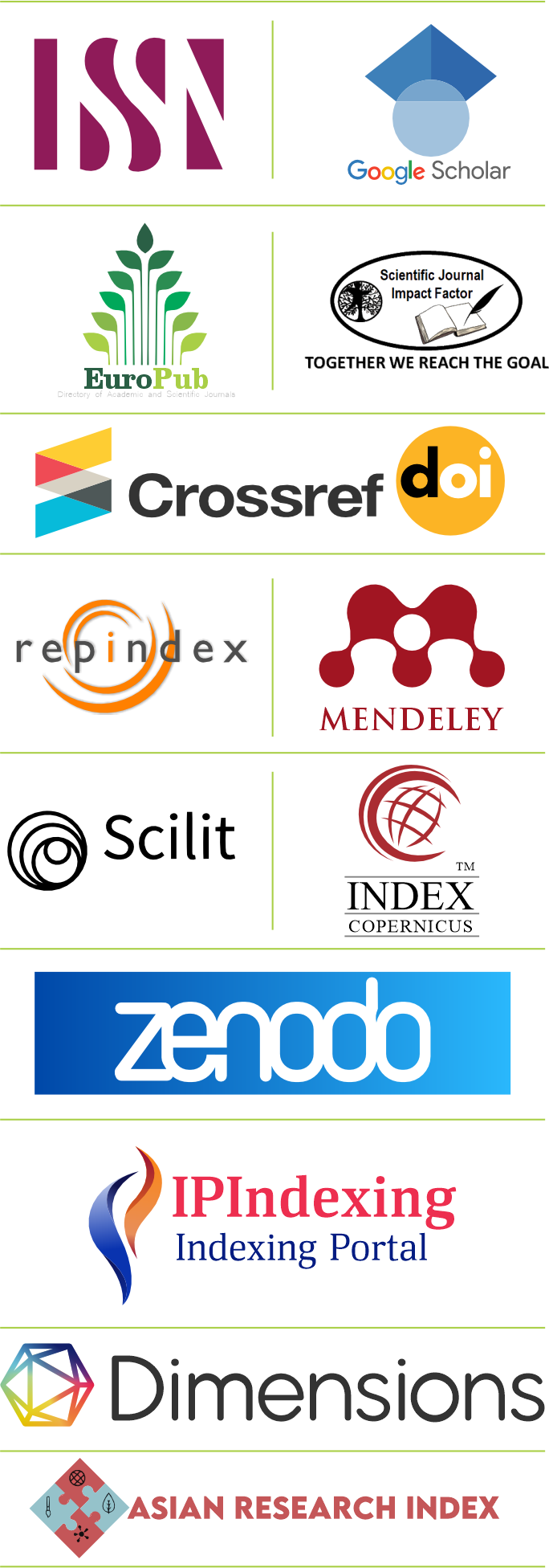Nationalism in the Poetry of the Taliban: A Postcolonial Study
DOI:
https://doi.org/10.55737/qjssh.v-iii.24044Keywords:
Nationalism, Taliban, Afghanistan, Poetry, Resistance, PostcolonialismAbstract
This study examines the narratives of the Afghan Taliban through their poetry, contrasting the dominant Western portrayal of the group as violent extremists with their own self-representation(Johnson, 2013). Using postcolonial theory, the research explores themes of Watanwali (nationalism) as reflected in Taliban poetry, emphasizing its role in expressing Afghan culture, social norms, and identity. The analysis highlights the Taliban's use of poetry to convey grief, pride, and a profound connection to Afghan traditions and land. Incorporating elements of Afghan language, religion, and tribal codes, the poetry employs metaphors and symbols to articulate nationalism and serve as a form of resistance against foreign occupation. By inspiring Afghan youth to confront invaders, poetry functions as both a cultural artifact and a rhetorical tool. Textual analysis of pre-and post-9/11 poetry translations underscores its emotional depth and cultural significance (Mackee, 2003). The study concludes that Taliban poetry is not mere propaganda but a vital expression of Afghan identity and resistance, deserving critical scholarly attention.
References
Akbar, M. (2015). A Critical Analysis of Taliban’s Emergence in Afghanistan. Pakistan Journal of Social Sciences, 35(1), 213-224. https://pjss.bzu.edu.pk/index.php/pjss/article/view/302
Amiri, R., & Jackson, A. (2021). Taliban attitudes and policies towards education. ODI Centre for the Study of Armed Groups, 13. https://cdn.odi.org/media/documents/taliban_attitudes_towards_education.pdf
Ashcraft, R. (1971). Hobbes's Natural Man: A Study in Ideology Formation. The Journal of Politics, 33(4), 1076-1117.
Ashcroft, B., Griffiths, G., & Tiffin, H. (Eds.). (2006). The post-colonial studies reader. Taylor & Francis.
Ashcroft, B., Griffiths, G., & Tiffin, H. (2007). Post-Colonial Studies: The Key Concepts. Routledge. https://doi.org/10.4324/9780203933473
Hatimuria, P. (2020). Exploring the American Invasion of Afghanistan Through Fiction: A Comparative Analysis between a Thousand Splendid Suns and Poetry of the Taliban. Journal of Xian University of Architecture and Technology, 12(12), 173–179.
Johnson, T. H. (2007). The Taliban Insurgency and an Analysis of Shabnamah (Night Letters). Small Wars & Insurgencies, 18(3), 317–344. https://doi.org/10.1080/09592310701674176
Johnson, T. H., & Steele, K. L. (2013). The Taliban narrative: Understanding the group’s messages, actions and clues to their endgame. Naval Postgraduate School. www.nps.edu
Johnson, T. H., & Waheed, A. (2011). Analyzing Talibantaranas(chants): an effective Afghan propaganda artifact. Small Wars & Insurgencies, 22(1), 3–31. https://doi.org/10.1080/09592318.2011.546572
Kettunen, P. (2018). The concept of nationalism in discussions on a European society. Journal of Political Ideologies, 23(3), 342–369. https://doi.org/10.1080/13569317.2018.1502943
Kłagisz, M. (2015). Temporal, mystic and religious love: the poetry of the Taliban. Estetyka i Krytyka, 37(2), 9-27.
Lauri, A. D. (2019). The Taliban and the humanitarian soldier: Configurations of freedom and humanity in Afghanistan. Anuac, 8(1), 31–57. https://doi.org/10.7340/anuac2239-625X-3623
Mackee, A. (2003). Textual Analysis: A Beginner’s Guide. London. Sage Publications
Semple, M. (2011). Rhetoric of resistance in the Taliban’s rebel ballads. Harvard Kennedy School, CARR CENTER for Human Rights Policy.
Smiles, J. (2004). The Taliban regime in Afghanistan. Journal for Contemporary History, 29(2), 221-240. https://journals.co.za/doi/abs/10.10520/EJC28312
Strick van Linschoten, A., & Kuehn, F. (Eds.). (2012). Poetry of the Taliban (M. Rahmany & H. Stanikzai, Trans.; Preface by F. Devji). Hurst & Co.
Weinreich, M., & Pelevin, M. (2012). The Songs of the Taliban: Continuity of Form and Thought in an Ever-Changing Environment. Iran and the Caucasus, 16(1), 45–70. https://doi.org/10.1163/160984912x13309560274055
Downloads
Published
Issue
Section
License
Copyright (c) 2024 Qlantic Journal of Social Sciences and Humanities

This work is licensed under a Creative Commons Attribution-NonCommercial 4.0 International License.





